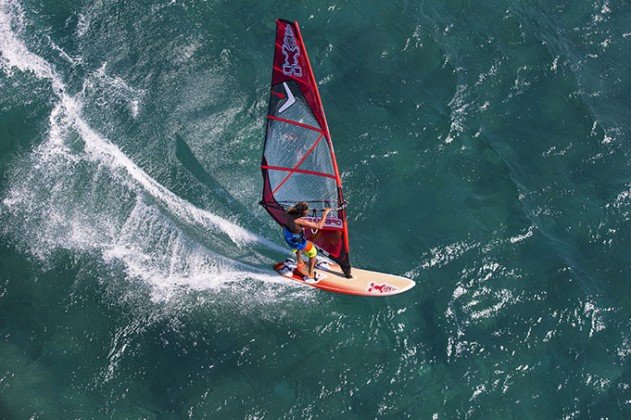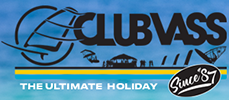
STARBOARD CARVE 131L CARBON 2014 TEST REVIEW
STARBOARD CARVE 131L CARBON 2014 TEST REVIEW
THE LOW-DOWN
For pure entry-level freeriders Starboard make the ‘progressive’ GO series (suitable for learners as well as those mastering the straps and basic planing skills), which sits alongside the Kode Tufskin family boards and Carve line of dedicated freeride shapes. They also produce the AtomIQ ‘freemove’ and Futura freerace models.
BRAND CLAIM
“The Carves are Starboard’s freeride boards … designed to be fast, exciting and fun, while delivering their best performance regardless of rider skill … we call it Plug and Play. Wind-range and jibing performance are critical when freeriding. The all-new 2014 Carves, with their slimmer shapes and reworked rocker are the class-leaders in wind range and accessibility. They jibe beautifully in all manner of styles: from wide-arc power turns to pivotal back foot carves, always with a nice and smooth exit.” (Sic.)
PERFORMANCE
After reading our test report on the impressive Starboard AtomIQ (April 2014 issue) the U.K. distributor asked us why he should stock the Carve any longer? (A modern ‘Freemove’ board with deceptive ‘perceived volume’, the AtomIQ 120L behaves like a board 10L smaller on the plane, but with the security of an 130L board.) “Don’t write it off yet” was our reply, for a couple of reasons. One, in Freemove terms and in this newly emerging category that will, undoubtedly, eventually replace all ‘traditional’ freeride boards, the AtomIQ is at the racier end of the scale and not as suitable for first-time freeriders as some similar 120L x 80-wide boards. And, two, Starboard had already developed the Carve to be quite a wide-and-thin shape already, so many of the aspects pertaining to intermediate freeriding still exist in abundance – but with the added benefits of something freemove boards lack, which is, ironically, length. Yes, off the plane, upwind and for general stability, length (often sacrificed now in the name of producing ‘compact’ boards) is underrated. In our minds the benefits of the wide-and-thin revolution lie mainly in the reduced thickness rails, something the Carve boasts more than the rest in this group. So how did it get on? Firstly, early planing is the key benefit of this shape. It’s very easy for those with less ‘active’ technique to ‘ooch’ onto the plane, often without heading as far downwind as they might need to on less forgiving shapes. That said it’s also very quick when sailed broad and accelerates rapidly. We found with the straps set wide apart (stance spread) it sailed nicely up on the toes and, when narrower, gave a more ‘push-against-the-rails’ sailing position with the edge near the back foot nicely shaped to drive against, especially upwind in combination with the overall length. The ride is positive, flattening out nicely once flying and feels awesomely refined. The carbon version here was also definitely crisper than the wood versions we’ve previously tested. Carving-wise, it’s a dream. Stable, soft and forgiving while carrying good momentum – but also allowing more radical ‘hooking’ on gybe exits without slowing. The freeride board ‘aint dead yet … and, for us, the Carve is still the benchmark.
THE VERDICT
An extremely easy and forgiving board to sail, but with all the speed, acceleration and upwind prowess of a much racier model. Perfect for hassle-free progress and honing early-planing and carving skills.
www.star-board-windsurfing.com
Other boards in this test:
JP AUSTRALIA X-CITE RIDE PLUS PRO EDITION 135


